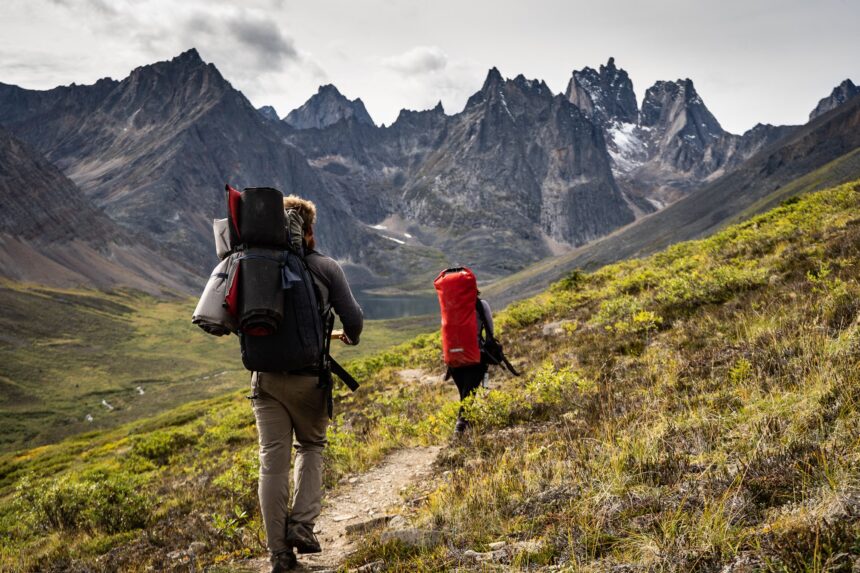The popular hiking app AllTrails has introduced a groundbreaking AI feature designed to aid search and rescue operations across Canada, yet the innovation has triggered significant concerns among wilderness safety experts. The tool, which leverages artificial intelligence to predict likely locations of lost hikers based on their digital footprints, represents a double-edged technological sword that may simultaneously enhance rescue capabilities while potentially encouraging riskier behavior in the backcountry.
“Technology has transformed how we experience the outdoors, but this particular development raises serious questions about wilderness preparedness,” explains Morgan Reynolds, coordinator with the Canadian Alpine Rescue Association. “While having additional tools for locating missing persons is valuable, we worry that hikers might develop a false sense of security, believing technology alone can substitute for proper planning and experience.”
The AI system analyzes patterns from thousands of previous search and rescue operations alongside individual user data, including past hiking preferences, physical capabilities, and even social media activity. This comprehensive approach allows the system to generate heat maps showing probable locations where a missing person might be found—potentially cutting critical hours from search operations in remote areas.
According to data from Parks Canada, search and rescue teams respond to approximately 1,500 wilderness incidents annually, with nearly 60% involving inadequately prepared hikers. The financial burden on provincial resources exceeds $15 million yearly, not accounting for the emotional toll on families awaiting news of missing loved ones.
The technology has already demonstrated success in a pilot program across British Columbia’s coastal mountains, where rescue teams reported a 32% reduction in search times during controlled tests. However, wilderness safety educators point to concerning behavioral shifts already emerging among some outdoor enthusiasts.
“We’re seeing an alarming trend of hikers venturing into challenging terrain without basic navigation skills, proper equipment, or emergency protocols,” notes Theresa McKinley, director of wilderness training at Outdoor Skills Canada. “They’re showing screenshots of trails on their phones instead of carrying physical maps, and many admit they feel emboldened knowing these sophisticated tracking systems exist.”
The phenomenon, which wilderness safety experts have dubbed “digital overconfidence,” represents a growing challenge for Canada’s already strained backcountry emergency services. Provincial authorities across Alberta and British Columbia have reported a 27% increase in rescue calls since 2022, correlating with the wider adoption of outdoor navigation apps.
AllTrails executives defend the technology, emphasizing its role as a supplementary tool rather than a replacement for conventional safety measures. “Our AI system is designed to work alongside traditional search methods, not replace them,” states Daniel Chen, AllTrails’ Vice President of Safety Innovation. “We’re actively developing educational content that emphasizes the limitations of technology and the continued importance of wilderness preparedness.”
The controversy highlights the complex relationship between technological advancement and outdoor risk management across Canada’s wilderness areas. Search and rescue volunteers, who form the backbone of Canada’s emergency response system, express mixed feelings about the development.
“Any tool that helps us locate someone faster is potentially lifesaving,” acknowledges Brenda Harwood, a ten-year search and rescue volunteer in Banff National Park. “But we’re equally concerned about the growing number of people we’re rescuing who ventured out with minimal preparation, believing technology would save them from poor decisions.”
The development comes amid broader conversations about responsible technology use in wilderness settings, with Parks Canada and provincial authorities considering new approaches to visitor education. Several provinces are exploring mandatory online safety courses for backcountry permits, while others are enhancing cellular infrastructure in popular recreation areas to improve emergency response capabilities.
As Canadians increasingly turn to outdoor recreation following pandemic-era habit shifts, the tension between technological assistance and wilderness self-reliance continues to evolve. The question remains: can we harness the benefits of AI-assisted rescue technology without diminishing the personal responsibility that has long defined Canada’s outdoor culture?










